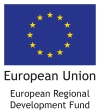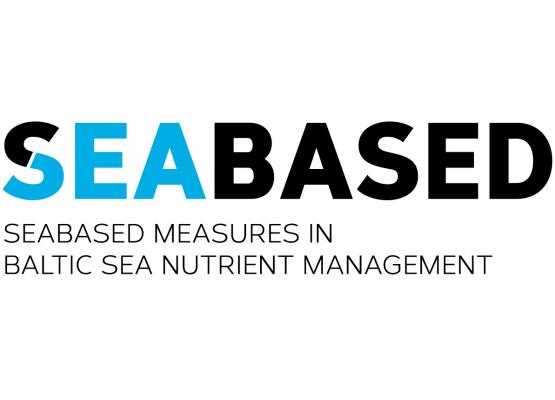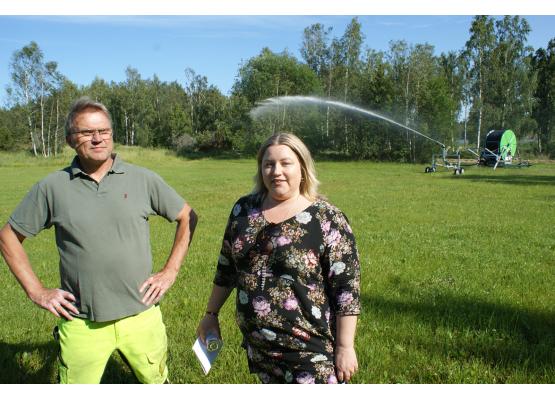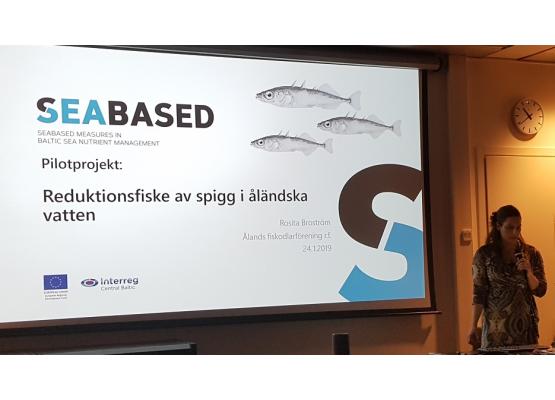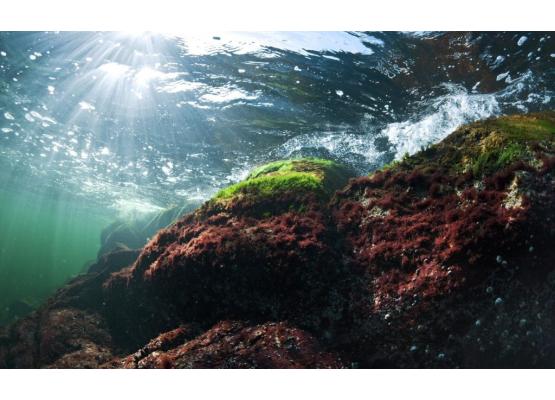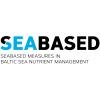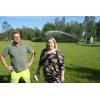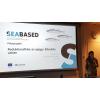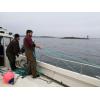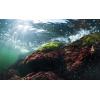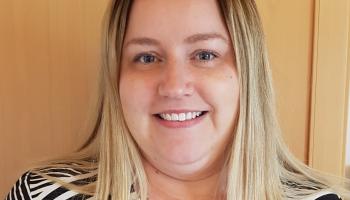P2 Sustainable use of common resources
2.4. Reduced nutrients, hazardous substances and toxins inflow into the Baltic Sea
Central Baltic
01.03.2018 - 31.05.2021
€2 660 550
€1 995 413
Although nutrient load from land-based sources to the sea has been reduced significantly over the years, good ecological status has not been reached partly due to the large amount of internal loading from the bottom sediments. Moreover, fulfilling the nutrient reductions agreed in the HELCOM BSAP seems challenging for many countries such as Sweden and Finland. Therefore, both Finnish and Swedish governments have decided to include seabased measures in their Baltic Sea protection policy (MSFD and governmental programs). As local authorities are currently also lacking effective means to improve water quality in coastal and semi-enclosed sea areas where the traditional land-based measures are not sufficient, there is a growing demand for applying seabased measures. Scientists have proposed various seabased measures for the Baltic Sea. However, comprehensive information with regards impacts, costs, risks, applicability and financing of the different measures is currently lacking.
The project aims at reducing nutrients from the Baltic Sea and at improving water quality, especially in coastal areas, by piloting and developing seabased activities. As an added benefit, some of these measures enable nutrient recycling and circular economy.
The project will pilot several promising measures, such as 1) recycling nutrients from bottom sediments or nutrient-rich bottom waters for further use on land, 2) recycling nutrients on land in the form of fish such as stickleback, 3) applying various nutrient binding materials to sediments. Moreover, the project aims at facilitating an open, multi-disciplinary and cross-sector dialogue on benefits and risks of seabased measures and their applicability in Baltic Sea context.
As a result, the project will develop the concept of Marine Habitat Bank for local water quality improvement and ecosystem restoration measures; and Practical Guidelines on Seabased measures in the Baltic Sea.
John Nurmisen Säätiö
Country: FI
Partner budget: 737.055 EUR
Amount of ERDF funding: 552.791 EUR ERDF
Varsinais-Suomen ELY-keskus
Country: FI
www.ely-keskus.fi/varsinais-suomi
Partner budget: 470.510 EUR
Amount of ERDF funding: 352.883 EUR ERDF
Ålands fiskodlarförening r.f.
Country: FI
Partner budget: 117.501 EUR
Amount of ERDF funding: 88.125 EUR ERDF
Ålands Landskapsregering
Country: FI
Partner budget: 359.985 EUR
Amount of ERDF funding: 269.989 EUR ERDF
BWC Sweden Ekonomisk Förening
Country: SE
Partner budget: 0 EUR
Amount of ERDF funding: 0 EUR ERDF
Stockholms Universitet
Country: SE
Partner budget: 496.364 EUR
Amount of ERDF funding: 372.273 EUR ERDF
Länsstyrelsen Östergötland
Country: SE
http://www.lansstyrelsen.se/ostergotland/Sv/Pages/default.aspx
Partner budget: 479.136 EUR
Amount of ERDF funding: 359.352 EUR ERDF
Ålands fiskare r.f.
Country: FI
Lokalkraft Leader Åland
Country: FI
Länsstyrelsen Stockholm Enheten för miljöanalys och miljöplanering
Country: SE
TALLINNA TEHNIKAÜLIKOOL
Country: EE
BWC Sweden Ekonomisk Förening
Country: SE
Achieved results
SEABASED helped to improve the status of marine area by reducing nutrients from the seabed
- Marl application to phosphorus-rich bottom sediments in coastal bays in Sweden (Kyrkviken, Djuröfladen, Farstaviken) and Finland (Kolkka) (Ekeroth 2021). The pilots and its outcomes are presented in the report.
- Irrigation of two fields in Åland for two seasons, 2019 and 2020, with brackish, nutrient-rich near-bottom water from the strongly eutrophicated bays Kaldersfjärden and Ämnäsviken. The pilot's main goal was to evaluate this sea-based method for reducing nutrients in the marine environment and restore the coastal areas into better conditions while presenting a win-win solution for the farmers and the Baltic Sea. More information about approach, measurements and results in the report Nutrients from Sea to Field.
- Harvesting of stickleback was piloted in Sweden and Åland with the aim to uptake nutrients with the fish biomass, and, in addition, to develop techniques to efficiently harvest the abundant population of these small fish. The report for the stickleback harvesting can be accessed here. Short video about this pilot and lessons learnt.
- Removing the top layer of the sediment was planned but it was not possible to implement because proposed prices were too high. Instead, the potential of sediment top-layer removal for phosphorus uptake and reducing the oxygen demand in the bottom was studied with incubation tests in laboratory scale. The report is available here. The study on the incubation of the sediment.
The SEABASED Project (2018-2021) examined and assessed measures that potentially improve the status of marine area by reducing this “internal load” of nutrients from the seabed.
Internet presence
Lead Partner website with project information in three languages
Other media visibility
Itämeren sisäiseen ravinnekuormitukseen ei ole ihmelääkettä (2021)
Bräckt vatten kan hjälpa skörden under torra somrar (2021)
Muddring av havsbotten för dyrt – men sedimentexperimenten utanför Houtskär fortsätter (2020)
Kalk är ännu inte ett alternativ på Åland (2020)
Persistence needed in Baltic Sea protection (2019)
Fosfor och kväve ur havet ska bli gödsel på vallarna (2019)
Hållbart fiske bidrar till att rädda Östersjön (2019)
Projektet Seabased ska minska övergödningen (2018)
Seabased tutkii meren ravinnekuorman poistamista - Pilotointi alkaa Itämerellä (2018)
Finding the right methods of fishing stickleback - Blog October 2020
Gäddfabriker kan minimera eutrofieringens biverkningar - Blogg 2020
Cornerstones for building a compensation concept - Blog 2020
First trial with a new phosphorus sequestering agent in the Stockholm archipelago - Blog 2020
Pike factories reduce the adverse effects of eutrophication - Blog 2020
Sweet results after a salty summer - Blog 2020


